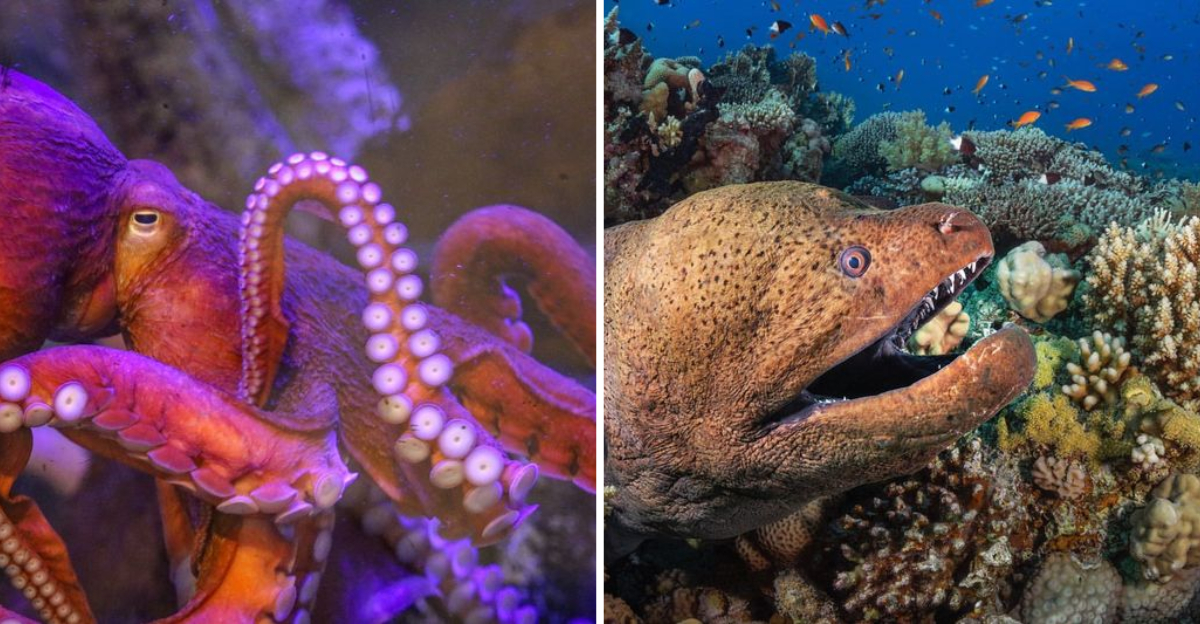The ocean, vast and mysterious, is home to a myriad of creatures, some of which are formidable enough to hunt even the king of the seas: the shark. Sharks, often seen as apex predators, are not immune to the threats that lurk beneath the waves.
Surprisingly, there are other sea creatures that not only withstand sharks but actively hunt them, showcasing nature’s astonishing hierarchy of power. This list goes into such fascinating beings, each with their unique methods of predation and survival in the ocean’s relentless expanse.
From cunning tactics to sheer brute strength, these sea creatures exemplify the raw, untamed power of the underwater world. Join us as we uncover these unexpected hunters of the deep and understand what makes them capable of taking on sharks.
1. Orca
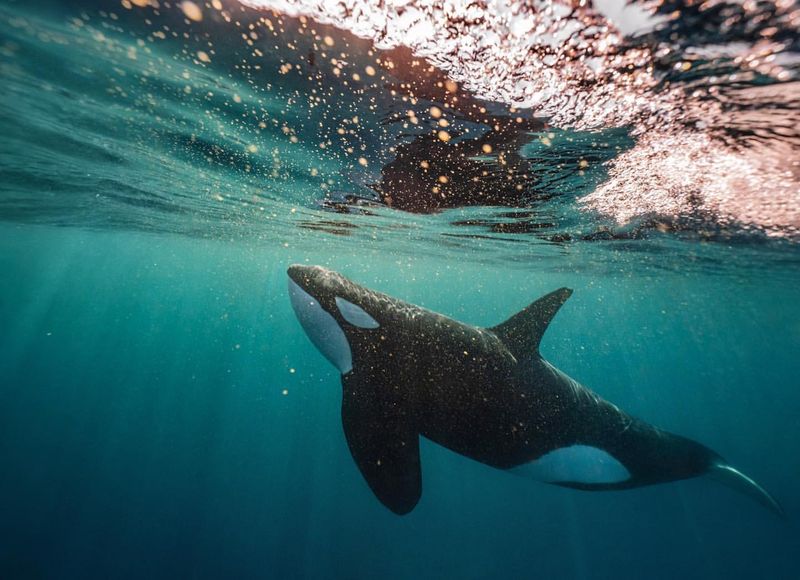
Orcas are perhaps the most formidable nemeses of sharks. These intelligent creatures leverage their strength in numbers and sophisticated hunting techniques to overpower their prey. Orcas are not just opportunistic feeders; they have been observed deliberately targeting sharks, flipping them over to induce tonic immobility, leaving the shark defenseless.
These creatures primarily hunt in groups, or pods, which enhances their ability to take down large prey such as sharks. Their coordinated hunting strategies and powerful physiques make them a force to be reckoned with. In some regions, the presence of orcas has even been linked to a decline in shark populations.
This adaptability and intelligence make orcas not only a threat but a top predator in the oceanic ecosystem. Their ability to communicate and strategize effectively highlights their dominance over much of the ocean’s wildlife.
2. Sperm Whale
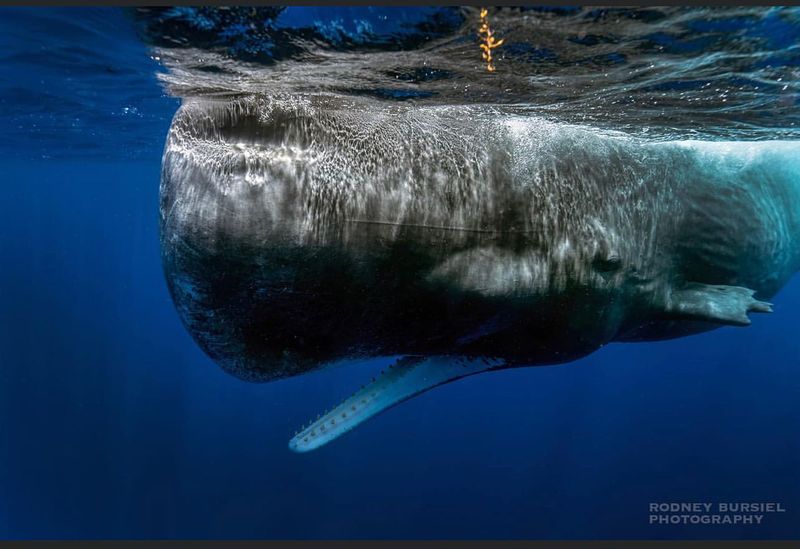
Sperm whales, the largest of the toothed whales, are known for their deep diving capabilities and complex social structures. These massive creatures are natural hunters of squid, but they are also capable of taking on sharks when necessary. Their sheer size provides a formidable defense against potential threats, including sharks.
They employ deep dives and echolocation to locate their prey, showcasing their adaptation to deep-sea hunting. While sharks are not their primary prey, they have been known to defend themselves aggressively when confronted.
The social behavior of sperm whales, including group protection and communal care for the young, adds to their resilience against predators. This communal lifestyle ensures that even the largest of threats, like sharks, are met with a unified defense, making sperm whales a powerful presence in the ocean.
3. Saltwater Crocodile
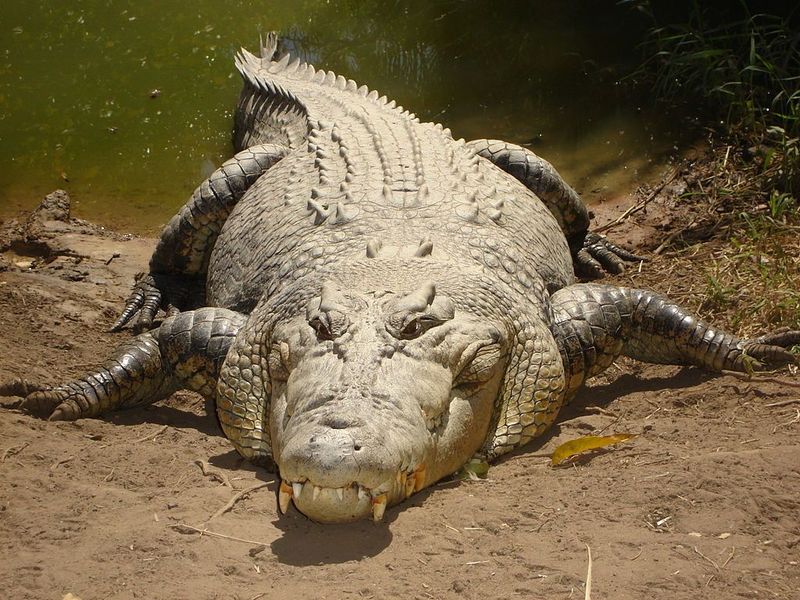
Inhabiting both saltwater and freshwater environments, the saltwater crocodile is a prehistoric predator known for its incredible strength and stealth. These reptiles can challenge and even overpower sharks, especially when competing for food in shared habitats.
Saltwater crocodiles are opportunistic hunters, capable of capturing prey in and out of water. Their ambush tactics and powerful bite make them formidable adversaries for even the most resilient of sharks. In regions where their habitats overlap, interactions between these two predators can be intense.
The crocodile’s ability to stealthily approach and launch powerful attacks gives it an edge in such encounters. Their adaptability to various environments and opportunistic feeding behavior make them a significant threat to many oceanic creatures, including sharks.
4. Colossal Squid
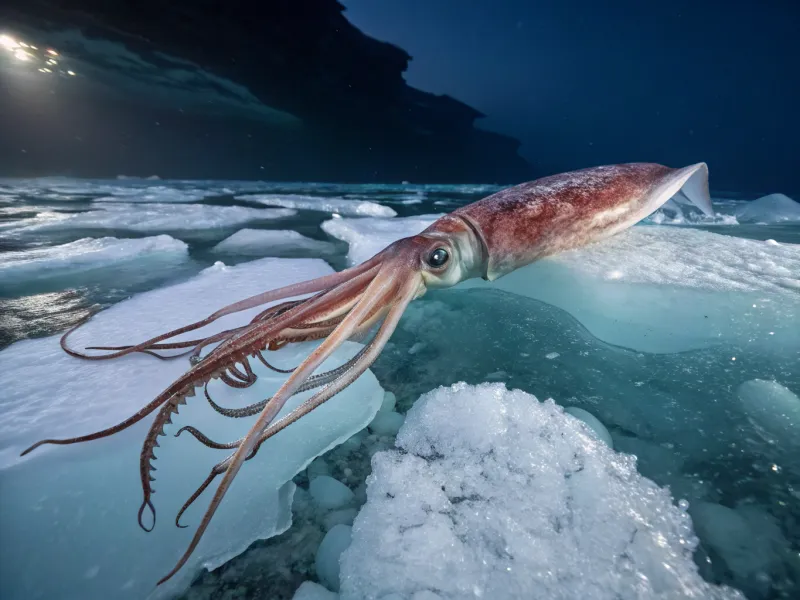
Even more elusive than its giant cousin, the colossal squid inhabits the frigid waters of the Southern Ocean. Known for its extreme size, this creature could easily be mistaken for a sea monster from legend.
The colossal squid’s fearsome reputation is not without merit; it is equipped with powerful tentacles and sharp hooks designed to grasp and immobilize prey, including sharks. These adaptations allow it to survive in the harsh deep-sea environments where it resides.
While direct observations of colossal squid hunting sharks are limited, the potential for these interactions is suggested by their size and power. The colossal squid remains one of the most enigmatic and potentially dangerous predators lurking beneath the waves, capable of challenging even the fiercest oceanic creatures.
5. Leopard Seal
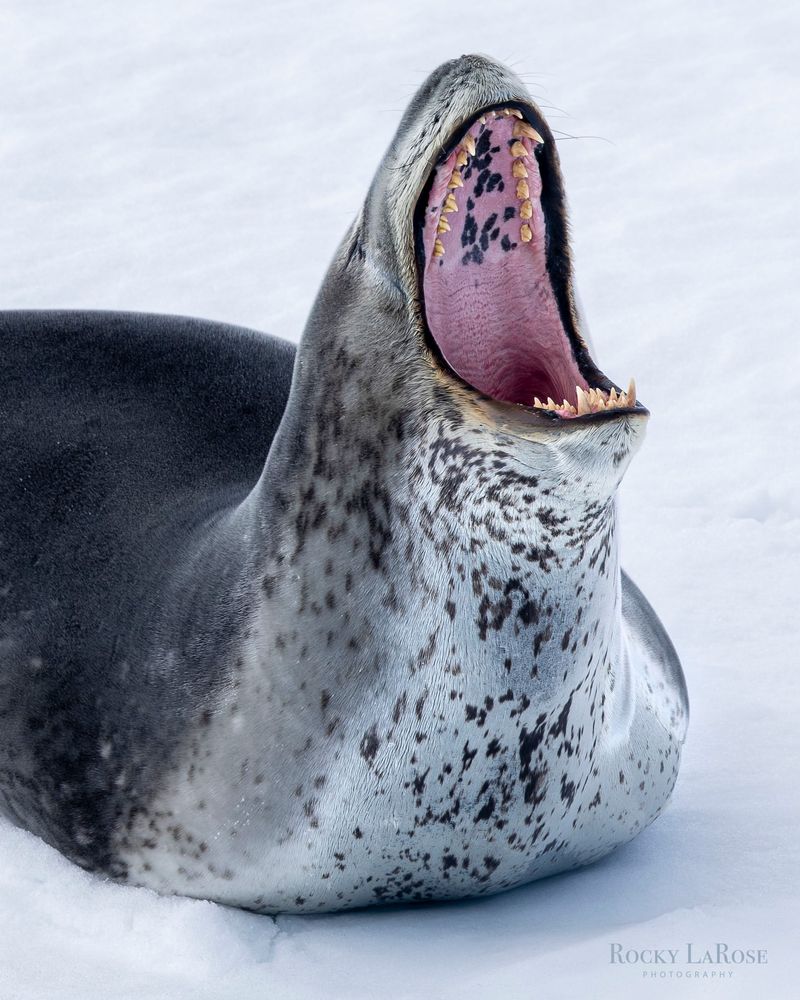
Leopard seals, native to the icy waters of the Antarctic, are skilled predators known for their agility and hunting prowess. While they primarily feed on penguins and smaller marine animals, their interactions with sharks reveal their adaptability and strength.
These seals are powerful swimmers, capable of chasing down agile prey in the water. Their sharp teeth and strong jaws make them effective hunters, even when faced with larger adversaries like sharks. Their ability to traverse between ice and water environments enhances their hunting opportunities.
Leopard seals have occasionally been observed engaging with sharks, showcasing their willingness to challenge formidable opponents. Their unique lifestyle and hunting techniques make leopard seals a noteworthy predator in the Antarctic ecosystem, adept at surviving harsh conditions.
6. Electric Eel
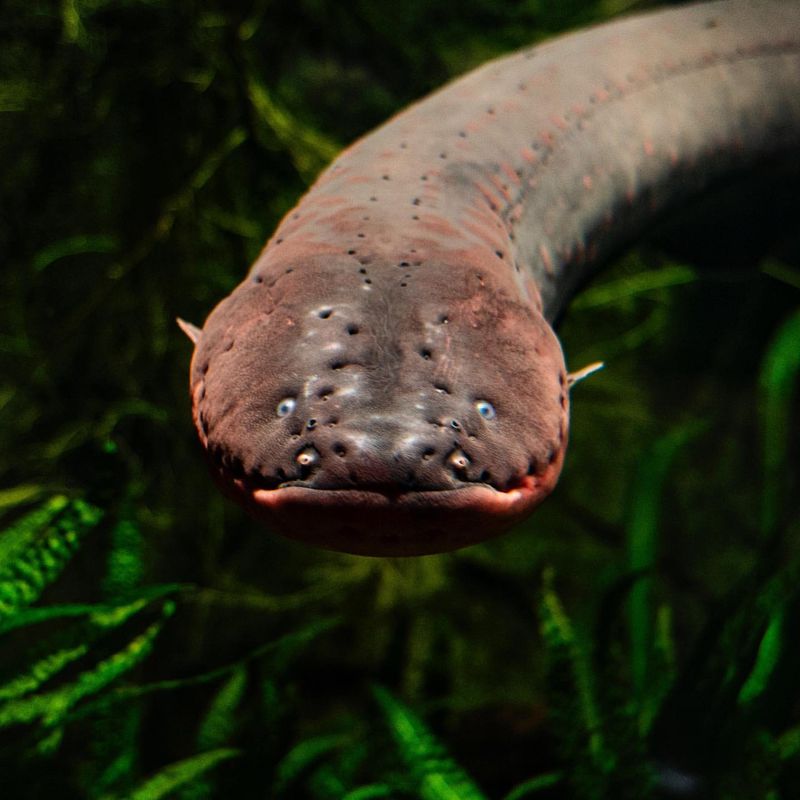
Electric eels, residing in the freshwater rivers of South America, are equipped with specialized cells capable of producing powerful electric shocks. While they inhabit freshwater environments, their ability to incapacitate large animals with electricity poses a theoretical threat to sharks.
These eels can generate shocks strong enough to deter or even end the lives of potential threats. While not typically encountering sharks, the electric eel’s defensive capabilities demonstrate the variety of adaptations found in the animal kingdom.
Their predation mostly focuses on smaller fish and invertebrates, but their unique ability to generate electricity is fascinating. This adaptation serves as both a tool for hunting and a mechanism for defense, making the electric eel a remarkable example of nature’s ingenuity.
7. Giant Moray Eel
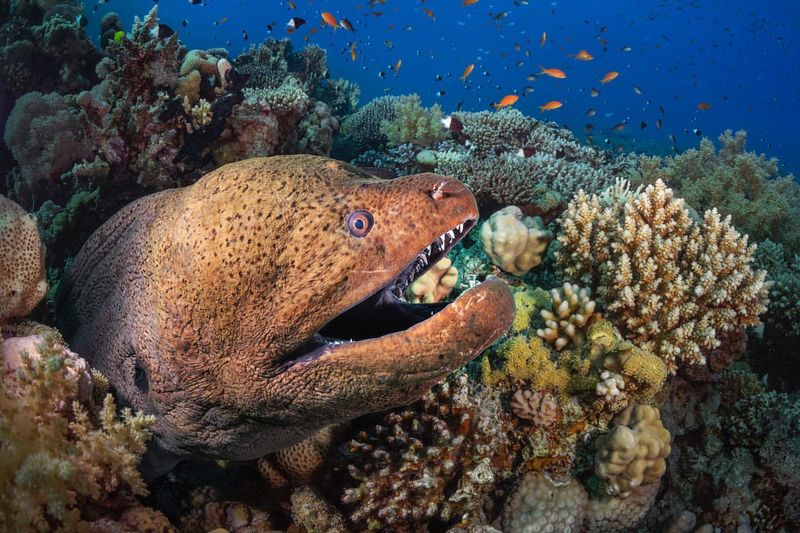
Giant moray eels are formidable predators that dwell within the coral reefs and rocky crevices of the Indo-Pacific region. Known for their ambush hunting tactics, these eels are capable of preying on young or small sharks, leveraging their stealth and surprise.
Moray eels utilize their elongated, muscular bodies to navigate through tight spaces, ideal for ambush. Their sharp teeth and strong jaws allow them to latch onto and subdue prey effectively. While sharks are not their primary target, the overlap in habitats presents opportunities for such interactions.
The moray eel’s nocturnal and secretive nature further enhances its predatory success, making it an imposing figure within its ecological niche. Their ability to remain concealed until the perfect moment showcases their prowess as hunters.
8. Box Jellyfish
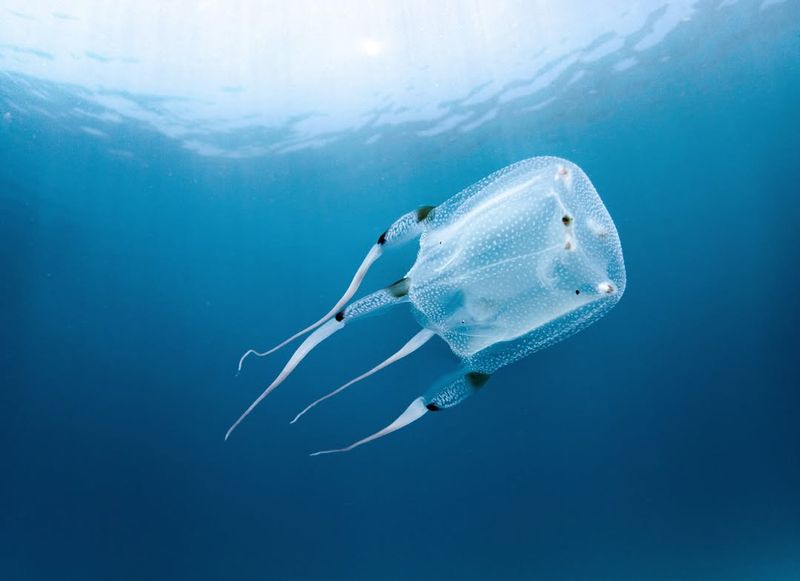
The box jellyfish is infamous for its potent venom, which poses a serious threat to marine life and humans alike. Found in the warm coastal waters of the Pacific and Indian Oceans, this jellyfish employs its venomous tentacles to capture prey.
Although it doesn’t actively hunt sharks, encounters can be fatal if sharks inadvertently swim into their tentacles. The jellyfish’s venom can cause paralysis or be fatal, highlighting the danger they pose to all marine creatures.
The box jellyfish’s transparent body renders it nearly invisible in the water, making accidental contact a constant risk. Their presence in shark-inhabited waters adds an unpredictable element to the ocean’s ecosystem, emphasizing the diverse and sometimes perilous nature of marine life.
9. Large Groupers
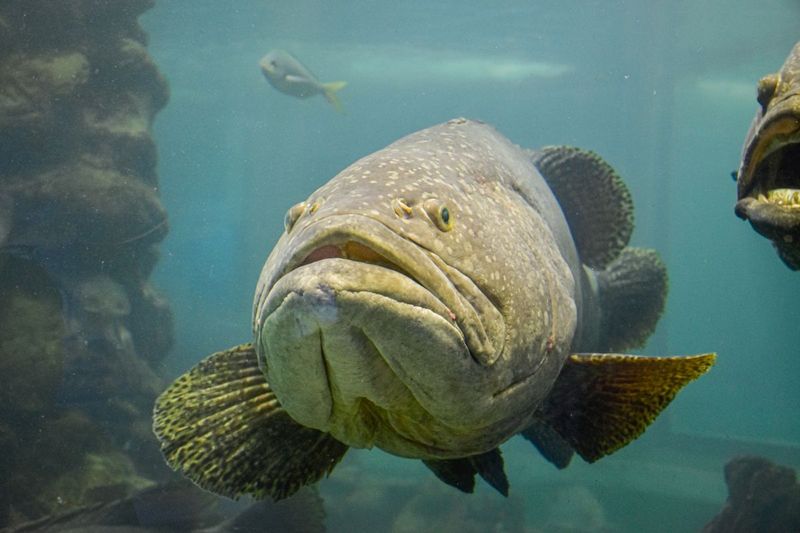
Large groupers, such as the Goliath grouper, are known for their size and strength, capable of preying on various marine creatures, including young sharks. These fish reside in reef environments where they can ambush and overpower unsuspecting prey.
Groupers possess powerful jaws and an immense suction force that allows them to engulf prey whole. Their camouflage abilities help them remain undetected until they strike. This ambush strategy is effective within the complex reef structures they inhabit.
While adult sharks are generally too large for groupers, their ability to target younger or smaller sharks makes them a significant predator within their domain. The grouper’s role in controlling the population dynamics of reef ecosystems underscores its importance as a predator.
10. Sea Snake
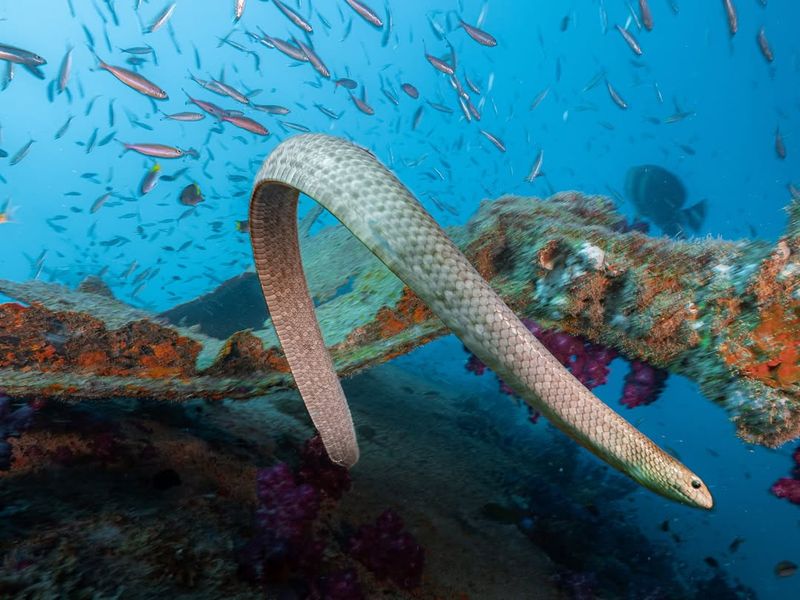
Though not typically associated with predation on sharks, sea snakes possess potent venom that poses a lethal threat to marine life. These reptiles inhabit tropical and subtropical waters, navigating amongst coral reefs and coastal areas.
Encounters between sea snakes and sharks are rare, but the potential for conflict exists. Sea snakes use their venom primarily for hunting fish, but a defensive strike could incapacitate a shark. Their serpentine bodies allow them to move swiftly through the water, evading potential predators.
The presence of sea snakes in shark territories adds a layer of complexity to marine interactions. Their venomous nature and unique adaptations contribute to their survival in competitive environments, highlighting the intricate web of life in the ocean.
11. Octopus
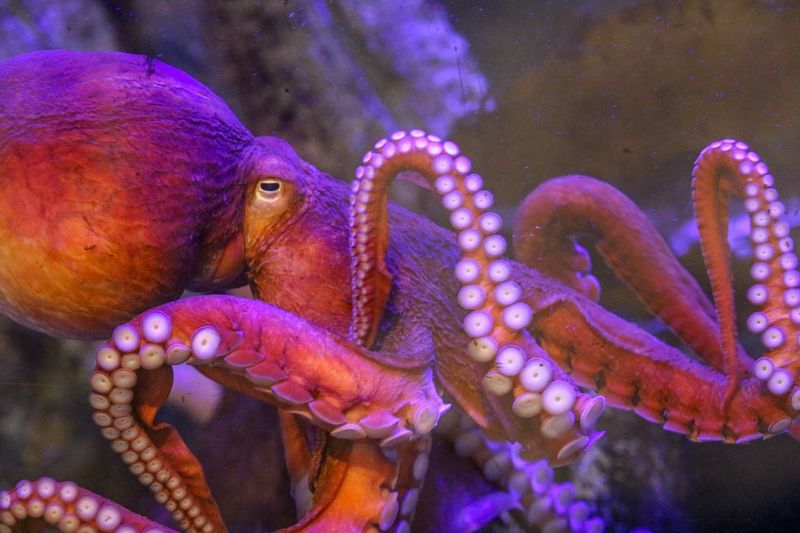
Octopuses are intelligent, adaptive predators known for their ability to blend into their surroundings. While they typically feed on crustaceans and mollusks, their interactions with smaller sharks showcase their opportunistic hunting behavior.
Utilizing their remarkable problem-solving skills, octopuses can ambush prey, including young sharks, by employing stealth and surprise. Their dexterous arms and strong suckers enable them to grasp and subdue prey effectively.
The octopus’s ability to change color and texture aids in its predatory tactics, making it a master of disguise. This adaptability not only helps in hunting but also serves as a defense mechanism. Octopuses exemplify the resourceful and versatile nature of oceanic predators.
12. Tiger Shark
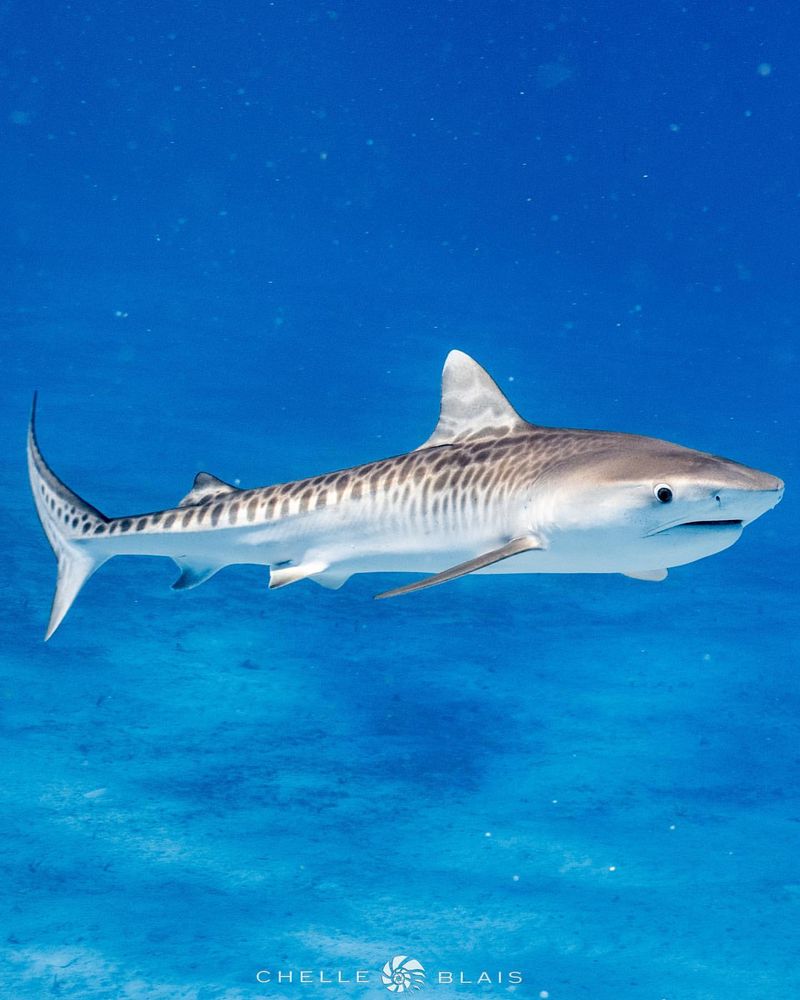
Tiger sharks, though sharks themselves, are known to prey on other shark species, showcasing the competitive nature within their own kind. These large, solitary hunters are found in tropical and subtropical waters around the world.
Their diverse diet includes fish, seals, and even other sharks, highlighting their role as apex predators. They are equipped with keen senses and powerful jaws, making them efficient hunters of the ocean.
The tiger shark’s ability to prey on other sharks underscores the complex food webs within marine ecosystems. This intra-species predation ensures that even the top predators must remain vigilant, illustrating the perpetual struggle for survival in the wild.
13. Barracuda

Barracudas are swift, formidable predators with a reputation for their aggressive nature. Found in tropical and subtropical oceans, these fish are equipped with sharp teeth and strong jaws, capable of taking on larger prey, including young sharks.
Their streamlined bodies and acute vision enable them to pursue and capture prey with remarkable efficiency. While barracudas primarily target smaller fish, their opportunistic feeding behavior allows them to exploit various food sources, including sharks.
Inhabiting coral reefs and open waters, barracudas add complexity to the marine food chain. Their predatory prowess and adaptability highlight their role as significant predators within their habitats, contributing to the dynamic balance of ocean ecosystems.
14. Polar Bear

Polar bears, primarily known for their terrestrial hunting habits, have occasionally been observed preying on sharks. These bears are some of the most fearsome predators out there, and they inhabit the Arctic region, where they primarily target seals but have been documented engaging with sharks in certain conditions.
The interaction between polar bears and sharks highlights their adaptability to diverse hunting scenarios. When food sources become scarce, polar bears have been known to scavenge or opportunistically hunt marine animals.
Their powerful build and swimming capability enable polar bears to navigate icy waters, expanding their hunting range. This adaptability underscores the survival strategies of polar bears in the harsh Arctic environment, showcasing their ability to exploit available resources.

